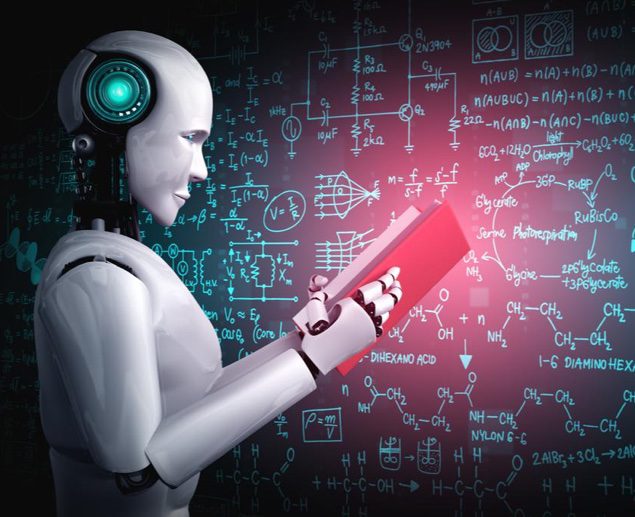GPT-4 Explained: The Next Generation of AI Language Models The development of artificial intelligence has been an area of rapid advancement over the past few years. One of the most exciting and rapidly evolving fields of AI is the development of language models, which have the ability to process and understand human language.
GPT-4 is the latest generation of these language models, and it represents a significant step forward in the capabilities of AI.
What is GPT-4?
GPT-4 stands for “Generative Pre-trained Transformer 4,” and it is the fourth generation of a series of language models developed by OpenAI, one of the leading AI research organizations in the world. The GPT models are designed to generate human-like language, and they have been widely used for a range of applications, including language translation, text summarization, and chatbots.GPT-4 is expected to be the most advanced language model yet, with the potential to significantly improve the accuracy and quality of natural language processing. The model is currently in development, and no release date has been announced yet.
How Does GPT-4 Work?
Chatbots: GPT-4 could be used to develop more advanced and human-like chatbots, which could improve customer service and support in a range of industries. Content Creation:
GPT-4 could be used to generate high-quality content for websites, blogs, and other media outlets. This could help reduce the time and cost of content creation, while also improving the quality and relevance of the content. Natural Language Processing: GPT-4 could be used to improve the accuracy and efficiency of natural language processing tasks, such as sentiment analysis, text classification, and entity recognition. Education:
GPT-4 could be used to develop more advanced educational tools, such as virtual tutors and language learning software. Challenges and Limitations



